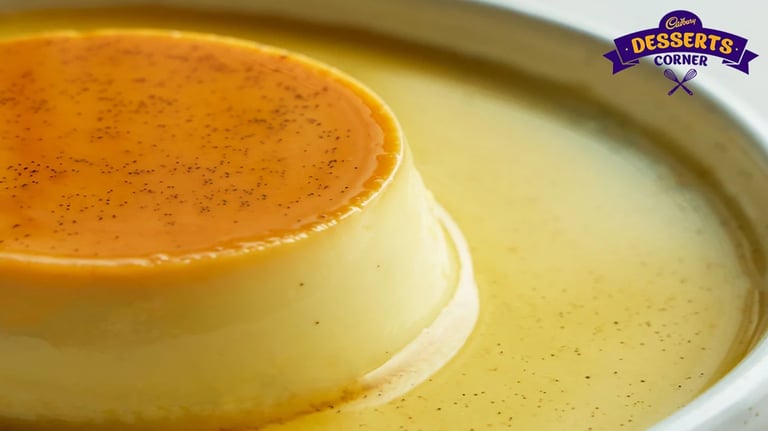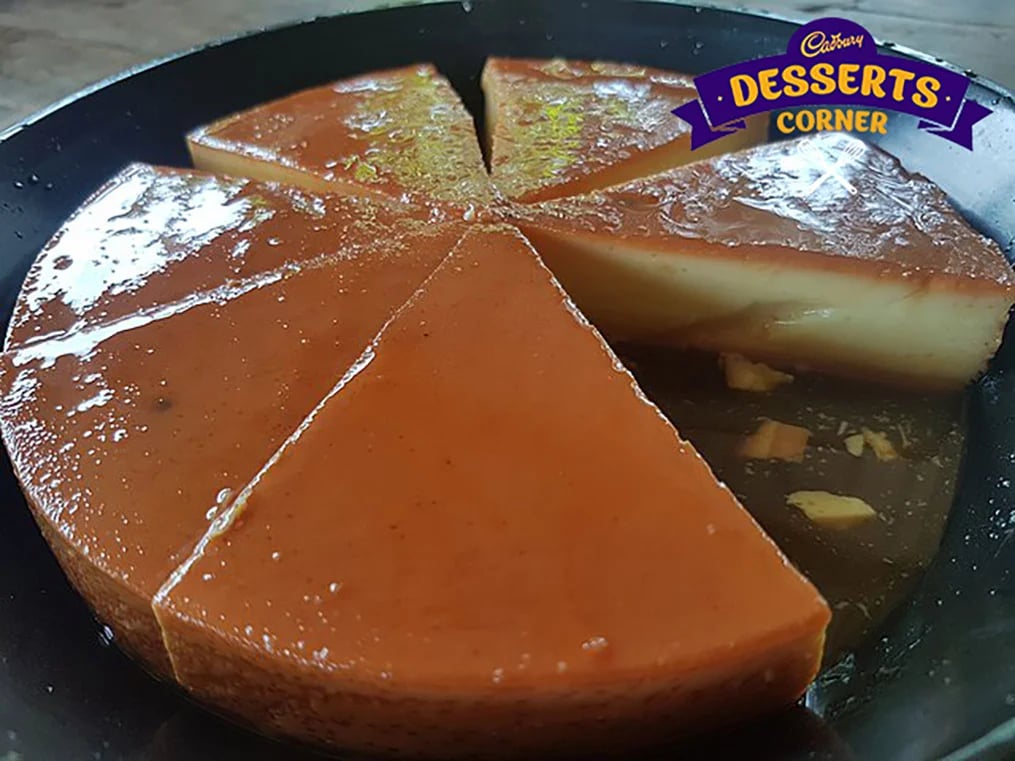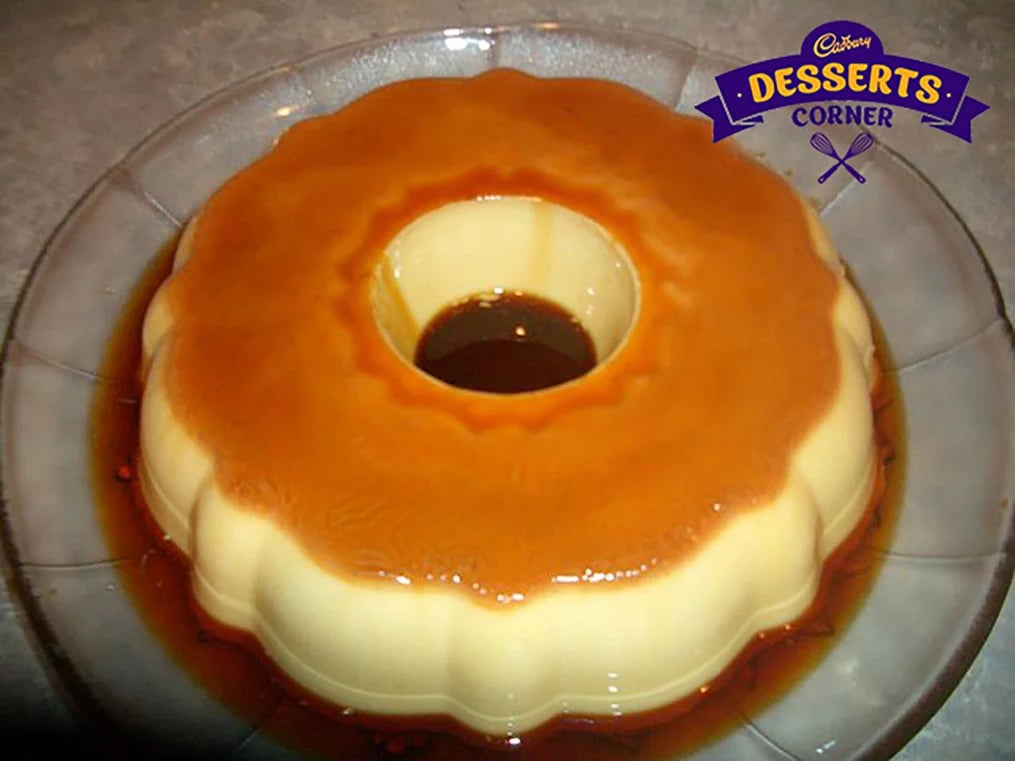Flan has a light, creamy, and slightly jiggly texture, with just the right amount of sweetness.

Flan has a light, creamy, and slightly jiggly texture, with just the right amount of sweetness.
Also called crème caramel, flan is a rich custard made from eggs, sugar, milk, and flavored with vanilla. It features a layer of caramelized sugar sauce and is perfect for everyday and special occasions.Typically, before serving, it is flipped onto a plate, allowing the liquid caramel sauce that hasn't solidified to surround it. Flan is loved all over Spain, Latin America, India, and Japan. It has a light, creamy, and slightly jiggly texture, with just the right amount of sweetness. There’s no special reason needed to have flan but in Latin America it's a favorite Christmas-time dessert.
The origins of this dessert can be traced back to the Roman Empire, where chickens were first domesticated for eggs. With a surplus of eggs, the Romans began experimenting with recipes, resulting in the invention of a flat custard cake named "flado." Initially, flan was a savory dish, often incorporating flavors of fish or meat. Eventually, a sweeter version flavored with honey was made (we are unsure whether it was intentional or an accident), captivating the taste buds of the Roman Empire.
While the methods of creating flan have not changed over the years, there are, of course, new additions of flavorings and even nuts to it. It's also true that wherever you go, flan will taste slightly different, depending on who the cook is. Flan can also be prepared without eggs for those with dietary preferences or restrictions. Some individuals might find the eggy smell and aroma palatable, and in such cases, cornstarch can be a convenient substitute for eggs.
Rozata
In Croatia, a version of flan is made by slowly baking it in a bain-marie, giving it a distinct taste with the addition of rose liqueur. Some recipes include vanilla, and the completed dessert is drizzled with caramel sauce before serving.
Leche Flan

The name "leches flan" is derived from the Spanish "flan de leche." The Filipino version is decidedly heavier because it substitutes milk with condensed milk and uses more egg yolks. Leches flan is also oval-shaped due to the tin in which it is typically made.
Pudim Flan

This flan dessert from Portugal follows the classic recipe that has vanilla but can also be flavored with citrus zests, and warm spices.. A grand and unique version of this dessert is called the Pudim Abade de Priscos, which contains bacon and was created by a Portuguese priest, Manuel Joaquim Machado Rebelo.
Banh Flan/Kem Flan
The French introduced bread (used in banh mi) and flan (known as banh flan or kem flan) to Vietnamese culture. Variations of the flan may include serving it with black coffee on top or browning the caramel beyond the usual point, resulting in a darker, more bitter flavor.
Purin
The Japanese version of the flan does not differ much from the typical recipe. This dessert is so popular throughout the country that it can be found everywhere from high-end bakeries and patisseries to convenience stores.
Caramel Custard
In India, flan is also known as caramel custard and can be found in many homes and restaurants across the country. Irani cafes in Mumbai are especially popular for including this item on their menu. It's also enjoyed within the Anglo-Indian, Goan, Malayali, Mangalorean, and Parsi communities.
Flan de Cuba
In Cuba, flan is made with thicker and creamier custard by using canned evaporated and condensed milk. The caramel used is darker than usual, setting it apart from other variations.
Flan Mixto
Flan mixto, a popular Argentine dessert, is custard flan served with whipped cream and dulce de leche. It includes the basic elements of crème caramel, such as a light custard and caramel topping, with the added richness of cream and dulce de leche on the side.
Simple Recipe for Caramel Custard

Ingredients:
- 1 ½ cups of milk
- 2-3 tbsp vanilla custard powder
- ½ cup of white sugar
Instructions:
- Create a caramel with ¼ cup sugar on low heat and transfer into a bowl.
- Then create the custard with the custard powder, milk, and the remaining milk. Whisk so there are no lumps and the custard doesn’t stick to the bottom.
- Pour it on the solidified caramel and chill.
- Invert it on a plate before serving.
Like This Article?
More Like This


Popular Articles





Trending Web Stories
Curated Recipes


















